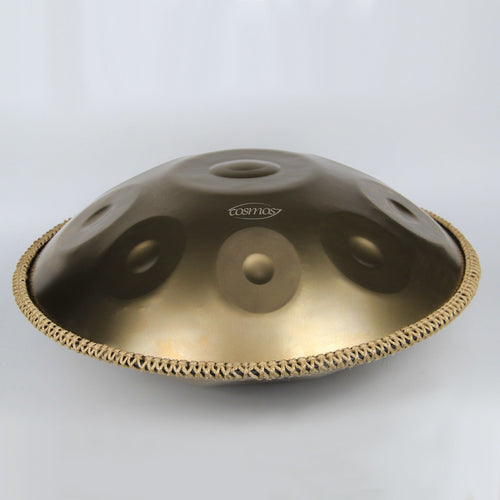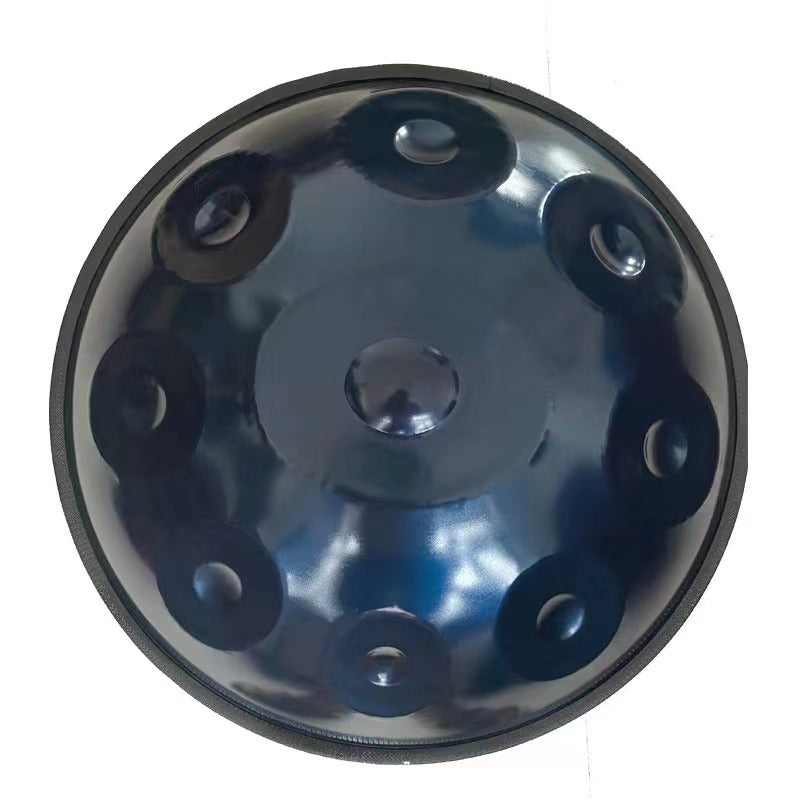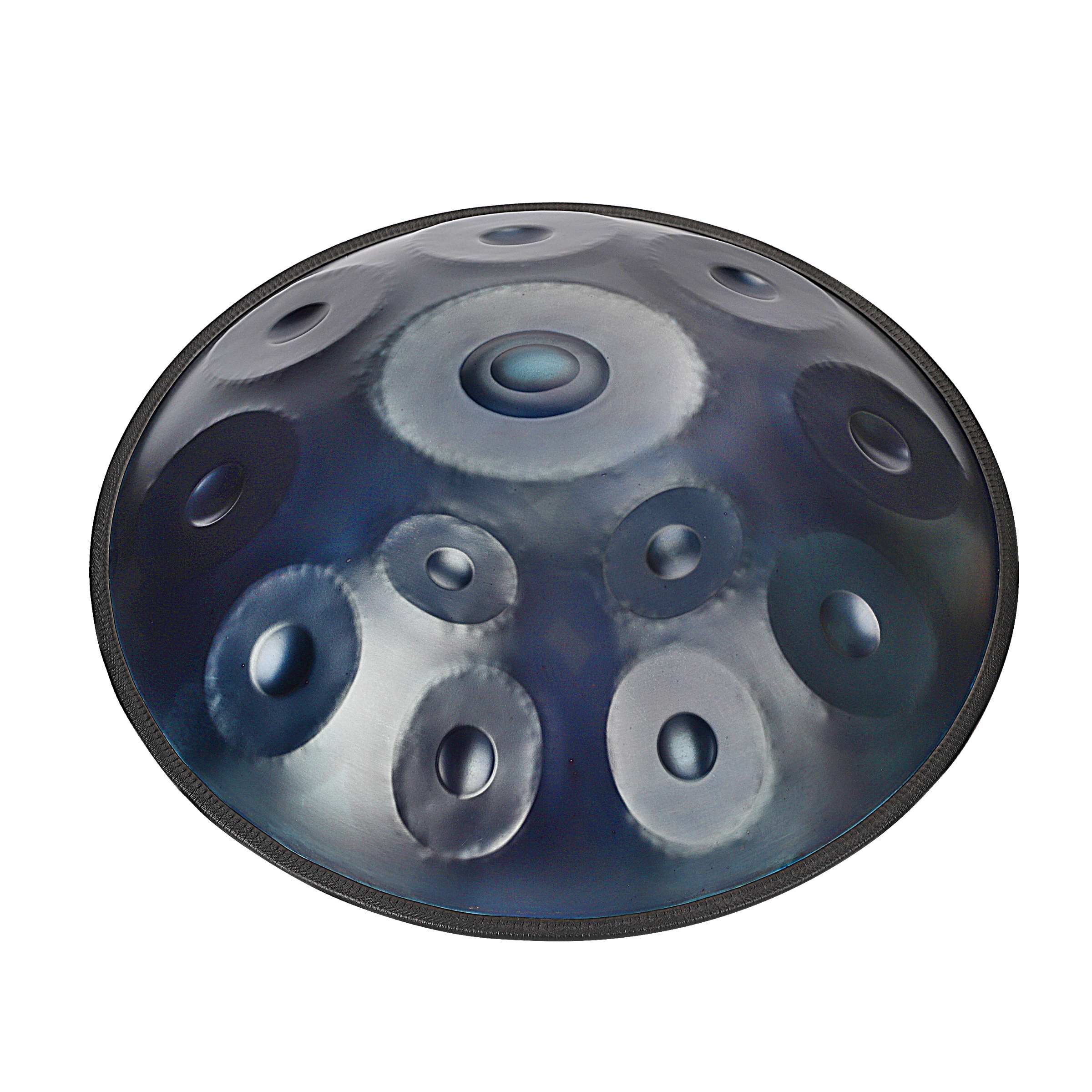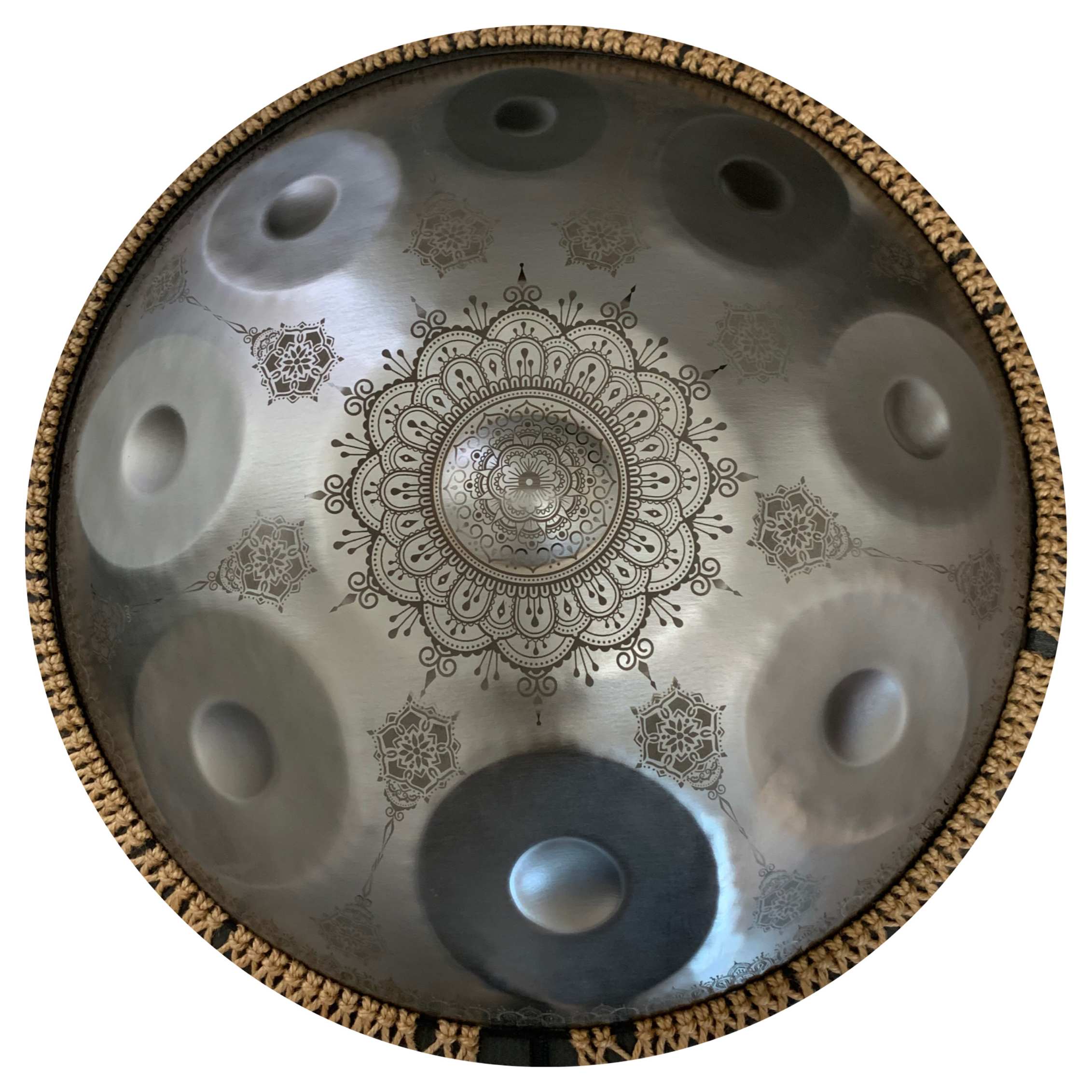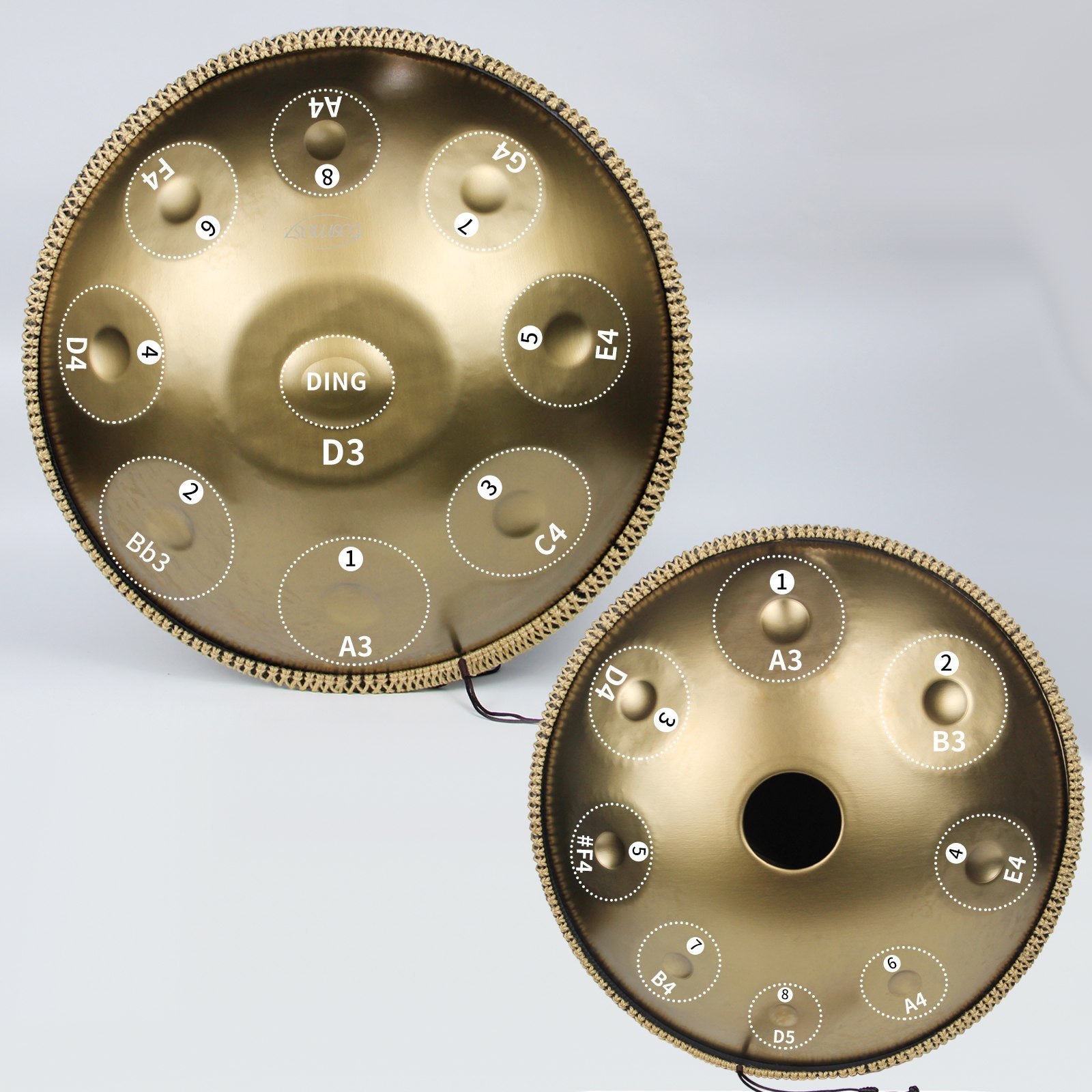
The idea that music might influence plant growth isn’t new. For decades, researchers and enthusiasts alike have been curious about what impact sound has on plants. It is known that plants can be 'heard' and respond to specific frequencies. For example:
The Retallack Experiment: The story of Dorthy Retallack in the 1970s, who learned that plants actually thrive when classical music is played toward them while plants would wilt when harsh rock music was played toward them.
South Korean Research: In more recent work, scientists discovered that particular sound frequencies that could stimulate plant genes enhanced the plants' growth and their ability to withstand stress.
So these findings point to the fact that plants are very attuned to sound, much more so than we would expect. The handpan drum instrument could make the gentle vibrations that are perfect music to nurture plants.
Why Do We Think Plants Might Appreciate Handpan Music?
With tones that soothe and vibrations that are so harmonious, the handpan is a perfectly simple yet perfect object for this. The handpan drum, unlike the sharp or dissonant sound, produces soft and meditative melodies with gentle, natural rhythms. Here’s why plants might "love" the hang drum:
Resonant Frequencies: This handpan drum instrument produces soothing and harmonious frequencies present in the environment.
Vibrational Energy: The vibrations from plants are sensitive, and it is conceivable that the handpan drum's soft tones, replicating natural sets, such as wind or rain, could cause them to grow.
Stress Reduction: Perhaps handpan sound healing can get plants to relax in the same way it gets humans to relax, making them grow healthier.
Experiments: Handpan Music and Plant Responses
Researchers and enthusiasts have tried small-scale tests to try to determine whether plants 'enjoy' the sounds they hear from the handpan. Here are some methods they’ve used:
- Growth Rate Observation
A common approach is to expose two groups of plants to different environments:
Group A: They grew plants and exposed them to regular 30-minute handpan pan drum music.
Group B: Without any musical exposure, plants.
Then, researchers measure the differences in growth rates, leaf size, and overall health.
- Chlorophyll Levels
Other research centers on the impact of vibrations from the handpan instrument drum on chlorophyll production, which is essential to photosynthesis. If the chlorophyll levels are analyzed, it will help researchers estimate the effect of music on a plant’s generation of energy.
- Behavioral Changes
Fascinating are the ways in which plants respond to external stimuli. Or, for instance, how leaves will orient themselves or roots will grow can also show their response to sound. These behavioral changes observed during handpan music sessions are valuable.
Anecdotal Evidence: Gardeners and Handpan Music
Beyond formal experiments, many gardeners and plant enthusiasts have shared anecdotal evidence about their experiences with handpan music:
- Enhanced Growth: Others claim plants grown near the calming sounds of the hang drum grow faster and look more vibrant.
- Improved Yield: Regular handpan drum sessions have also been noticed by gardeners to improve fruit and flower plant production.
- Stress Recovery: When plants are recovering from extreme exposure to environmental stressors such as drought or pest damage, the handpan drum instrument is the kind of vibration that plants are responding positively to.
Anecdote tells of the power the handpan offers to make our environment harmonious for plants.
The Science of Vibrations: How Does the Handpan Affect Plants?
The science of vibrations is at the center of this phenomenon. Mechanoreceptors detect mechanical stimuli such as sound waves, and plants “hear” through these. They cause biochemical changes by triggering the action of these receptors that influence growth and nutrient uptake by plants.
Low frequency vibrations from hand pan drum line up with natural noises. These vibrations might stimulate the plant’s mechanoreceptors, leading to:
- Increased metabolic activity.
- Enhanced nutrient absorption.
- Resistance to environmental stress is improved.
- Making your own Handpan-Nature Symphony at home.
If you’re inspired to experiment with the handpan drum instrument and your plants, here are some tips:
- Choose the Right Setting: Play your handpan in a calm environment near plants [where] you can tune in and play to where the plants feel the vibrations with no interference.
- Be Consistent: Observing changes can be established by regular sessions like 20–30 minutes a day.
- Observe Closely: Track plant growth, health and behaviour over time keeping a journal.
- Beyond Plants: Harmonious Ecosystem for Handpan
- Handpan music’s benefits don’t end with individual plants. Its calming vibrations can create a harmonious environment for the entire ecosystem:
- Attracting Pollinators: Hang drum may attract bees and butterflies, helping pollination.
- Calming Animals: The music may be comforting for the small animals in your garden, i.e. birds and squirrels.
- Enhancing Human Well-Being: While playing the handpan drum in between nature has a well-being effect on both plants and yourself, creating a profound relationship with the environment.
A Harmonious Conclusion
There was one question, though: "Can plants love handpan music?" Despite remaining open to interpretation, the evidence, scientific and anecdotal, points toward a promising intersection. The handpan drum instrument makes gentle tones that make the environment serene for plants, animals, and humans.
Whether you’ve been gardening for as many seasons or perhaps you’re simply a curious human being curious about music and nature, the idea of exploring handpan music in nature could serve as an awakening, awakening you to possibilities yet to be explored. Let your handpan drum lead melodies for the living, growing world beyond yourself? Maybe you’ll discover that plants really do enjoy the chorus of the handpan drum instrument.

